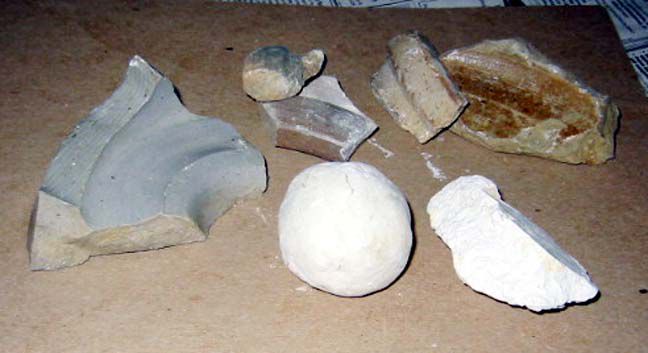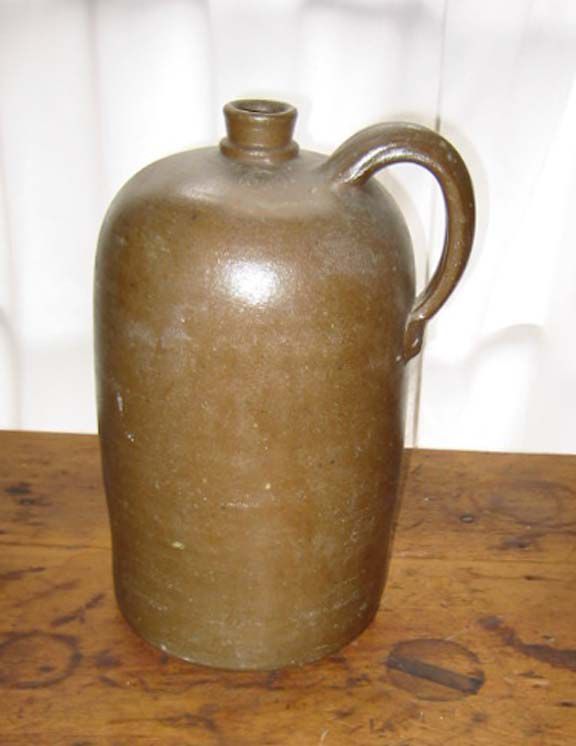Sue Creek’s famous Pottery Farm
By Jackie Nickel
Perhaps the most famous resident of the Back River Neck Peninsula in the 1800s was Peter Hermann, a potter. An immigrant from Germany, he arrived in the United States in 1847 and became a U.S. citizen in 1851, according to research by Ballestone Preservation Society members. Hermann soon owned and operated a well-regarded pottery business in East Baltimore. Then in 1881, attracted by its fine white clay, he purchased a farm on Back River Neck.
Hermann soon moved to the land on the shores of Sue Creek where he continued to make pottery and the road to his home became known as Pottery Farm Lane. Hermann’s pots, jugs and pitchers were used to hold milk, cheese, sauerkraut, pickled vegetables, wine, cider vinegar, and whiskey. His pottery farm was one of the finest on the Eastern Seaboard and his craftsmanship was impeccable, thanks in part to the site’s excellent raw materials.
Hermann’s surviving works of art are of great significance as both art and history. Ballestone Preservation Society is proud to have a jug by Peter Hermann in its collection.
After changing hands several times over the years, in the 1980s the 89-acre tract known as Pottery Farm was on the verge of being developed into a townhome community. Encouraged by Back River Neck Peninsula Community Assn., which successfully fought the development, the land was acquired by Baltimore County Dept. of Recreation and Parks in 1989. Half of the $1.8 million purchase price was from Maryland Open Space Program which mandated Pottery Farm become parkland.
Many shards of pottery were found along the shore in the days before the land officially became a county park. In the early 1990s, a high school teacher made a dig with some students at Pottery Farm. From shards that they found it was determined that indeed Peter Hermann had worked there. The teacher contacted the state and was instructed to discontinue the dig because he was not a professional archeologist.
Peter Hermann’s wares continue in popularity with collectors and some have been on display at the Smithsonian Institution.




